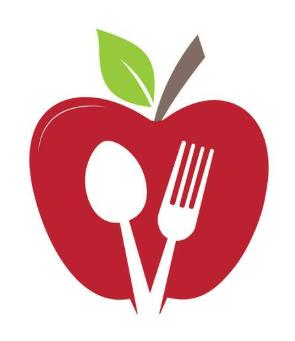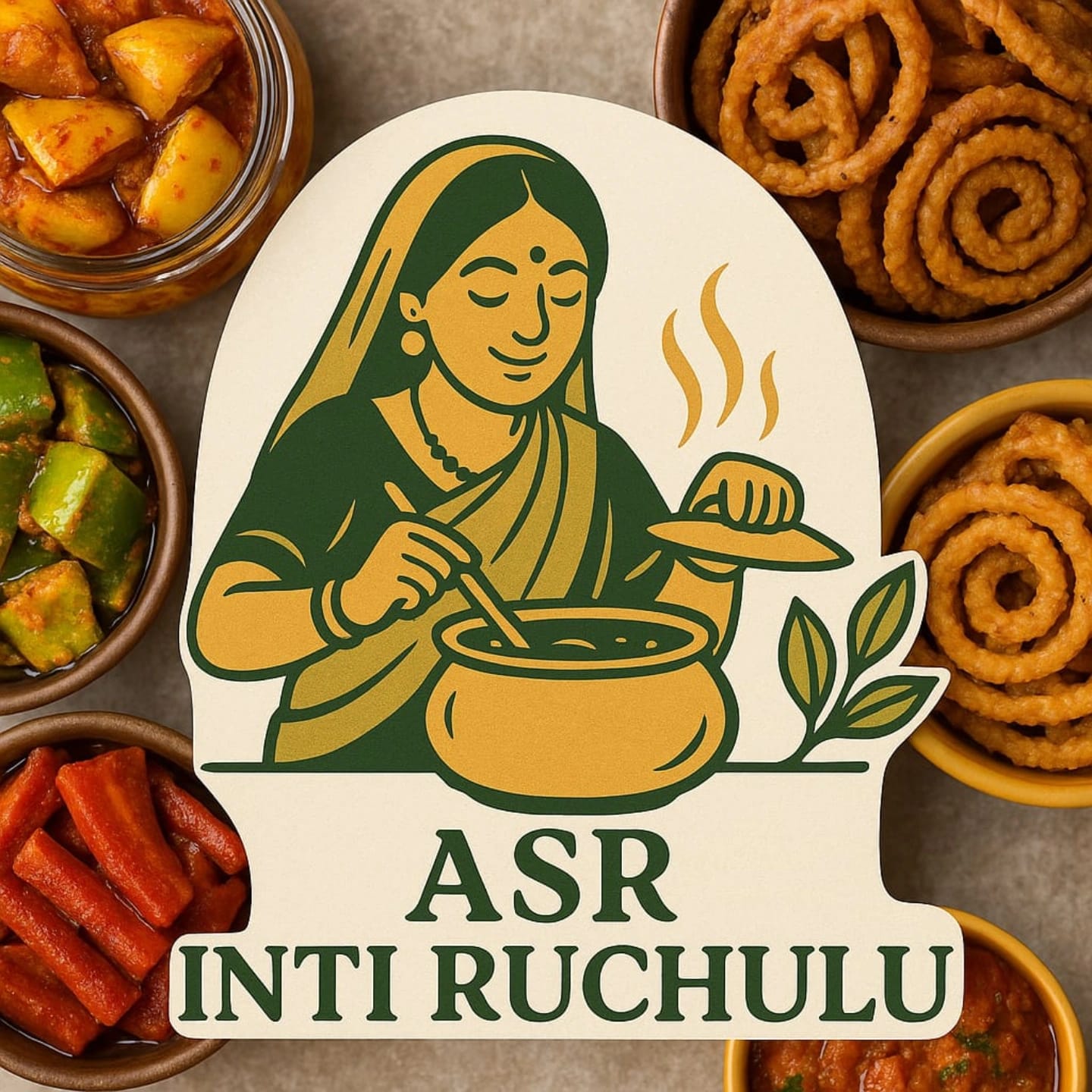Homemade food, also known as home-cooked food or "ghar ka khana", refers to meals prepared and cooked in one's own kitchen using ingredients bought separately. It is often described as hygienic, healthier, and more nutritious compared to commercially prepared food or takeout.
Here's a breakdown of how you might describe it:
General aspects
- Freshness: Homemade food is characterized by the use of fresh, often locally sourced and seasonal ingredients. This translates to better flavor and higher nutritional value.
- Control over ingredients: When you cook at home, you control the amount of fat, sugar, salt, and other ingredients, allowing you to tailor meals to your preferences and dietary needs, such as vegetarian, gluten-free, or low-carb.
- Hygiene: Cooking in a familiar environment allows for careful control over cleanliness and food preparation, reducing the risk of foodborne illnesses.
- Comfort and nostalgia: Home-cooked meals often evoke feelings of comfort and nostalgia, particularly when they are based on family recipes and traditions passed down through generations.
- Love and care: Preparing a meal for loved ones is often seen as an act of love and care, strengthening family bonds and creating shared memories.
Specific dishes
The description of a homemade meal can vary greatly depending on the cuisine and the specific dish. Here are a few examples:
- Comforting dishes: Meals like casseroles, soups, stews, and roasted meats and vegetables are considered comforting and nourishing, especially during colder months. Examples include beef stew and dumplings, chicken soup, and mac and cheese.
- Traditional dishes: Many cultures have traditional home-cooked dishes that are deeply intertwined with their heritage and history. For example, according to the SLO Food Bank, traditional foods and customs are essential parts of cultural identity and heritage.
- Quick and easy meals: Not all home-cooked meals are elaborate. Simple dishes like a frittata, spaghetti with pesto, or tuna salad can be prepared quickly and are still healthier and more nutritious than takeout options.
In essence, homemade food is a celebration of fresh ingredients, personalized tastes, and the warmth of family and cultural traditions. It's a way to nourish both the body and the soul, fostering health, well-being, and cherished memories.
Homemade food, also known as home-cooked food or "ghar ka khana", refers to meals prepared and cooked in one's own kitchen using ingredients bought separately. It is often described as hygienic, healthier, and more nutritious compared to commercially prepared food or takeout.
Here's a breakdown of how you might describe it:
General aspects
- Freshness: Homemade food is characterized by the use of fresh, often locally sourced and seasonal ingredients. This translates to better flavor and higher nutritional value.
- Control over ingredients: When you cook at home, you control the amount of fat, sugar, salt, and other ingredients, allowing you to tailor meals to your preferences and dietary needs, such as vegetarian, gluten-free, or low-carb.
- Hygiene: Cooking in a familiar environment allows for careful control over cleanliness and food preparation, reducing the risk of foodborne illnesses.
- Comfort and nostalgia: Home-cooked meals often evoke feelings of comfort and nostalgia, particularly when they are based on family recipes and traditions passed down through generations.
- Love and care: Preparing a meal for loved ones is often seen as an act of love and care, strengthening family bonds and creating shared memories.
Specific dishes
The description of a homemade meal can vary greatly depending on the cuisine and the specific dish. Here are a few examples:
- Comforting dishes: Meals like casseroles, soups, stews, and roasted meats and vegetables are considered comforting and nourishing, especially during colder months. Examples include beef stew and dumplings, chicken soup, and mac and cheese.
- Traditional dishes: Many cultures have traditional home-cooked dishes that are deeply intertwined with their heritage and history. For example, according to the SLO Food Bank, traditional foods and customs are essential parts of cultural identity and heritage.
- Quick and easy meals: Not all home-cooked meals are elaborate. Simple dishes like a frittata, spaghetti with pesto, or tuna salad can be prepared quickly and are still healthier and more nutritious than takeout options.
In essence, homemade food is a celebration of fresh ingredients, personalized tastes, and the warmth of family and cultural traditions. It's a way to nourish both the body and the soul, fostering health, well-being, and cherished memories.









































